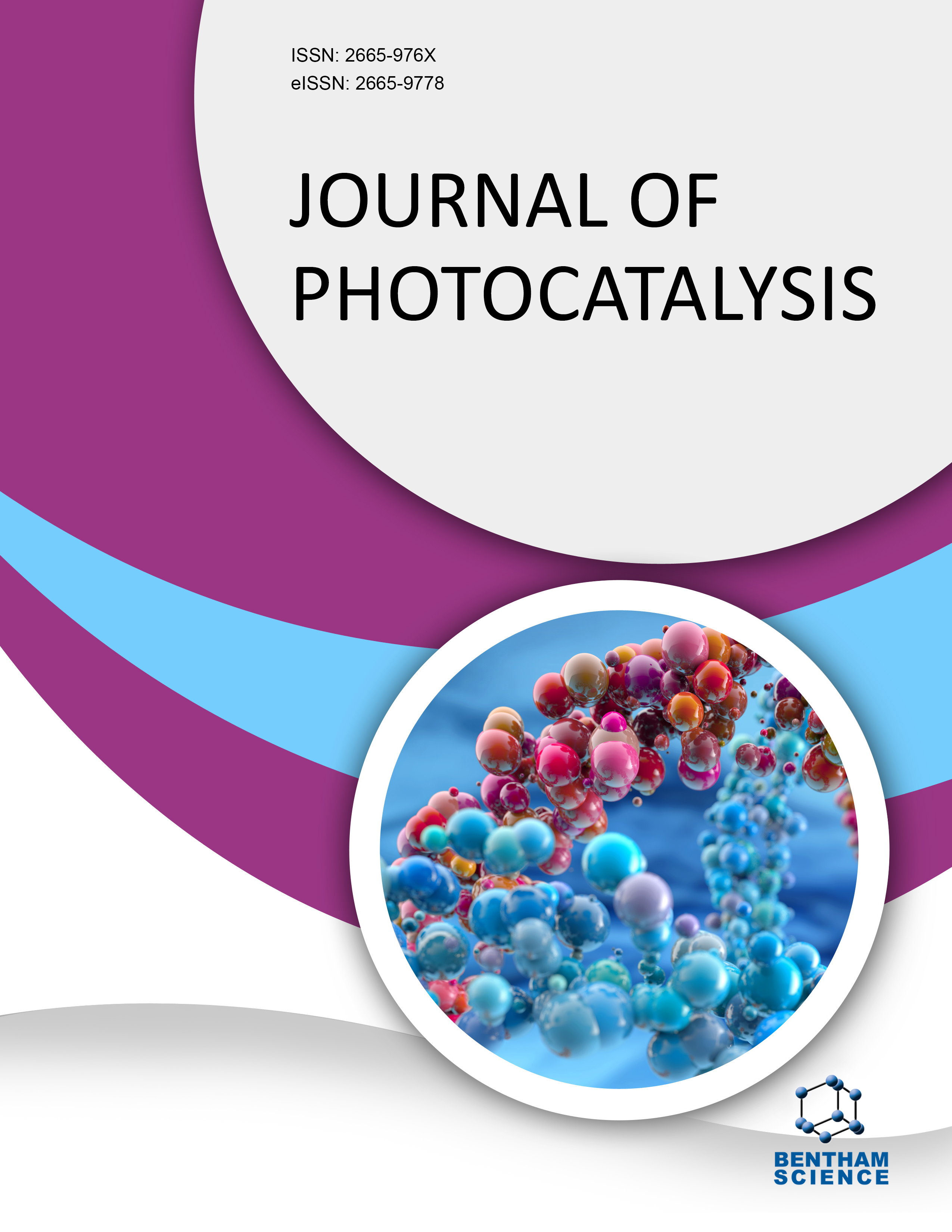
Full text loading...
We use cookies to track usage and preferences.I Understand

The synthesis of bio-templated porous CuOQDs/g-C3N4/C composites with controllable morphology and suitable energy band structure was successfully carried out via a simple thermal condensation and hydrothermal method.
Dicyandiamide and cadmium chloride were selected as starting materials, while Hollyhock stem was chosen as the biological template. The results indicated that, in comparison to pure g-C3N4, g-C3N4/C had a rich porous structure and better-photogenerated carrier separation efficiency. The CuOQDs were anchored evenly on the surface of the g-C3N4, thus resulting in the formation of a greater number of reactive sites.
The type-Z heterojunction formed between the CuOQDs and g-C3N4/C reduced the energy required for electron transition, thereby facilitating the separation of photo-generated electron-hole pairs. The highest photocatalytic degradation efficiency of CuOQDs/g-C3N4/C for tetracycline (TC) was 65.1%, which was 3.3 times that of pure g-C3N4.
In the photocatalytic process, the main reactive species is O2−. The CuOQDs/g-C3N4/C synthesized by stem induction in multi-phase heterojunction form has a stable microstructure to improve the charge separation efficiency. Further, it represents practical photocatalytic environmental protection.

Article metrics loading...

Full text loading...
References


Data & Media loading...